Dump for the educated - who rummages through India's electronic waste (8 photos)
India is now the largest e-waste dump in the world. And most of it is processed and processed by hand, often by teenagers. 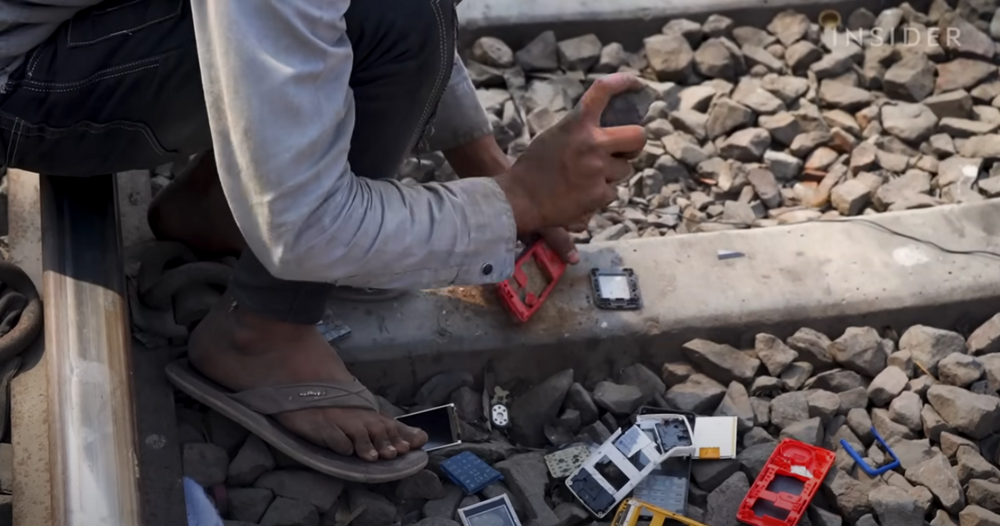
Sitting on the tracks, husking your phones like seeds
In electronic waste you can find valuable metals - copper, platinum, gold, but at the same time they are toxic with lead, arsenic and mercury.
But if they are so valuable and they are recycled anyway, why send gadget and computer parts to landfills?
What are “electronic landfills” 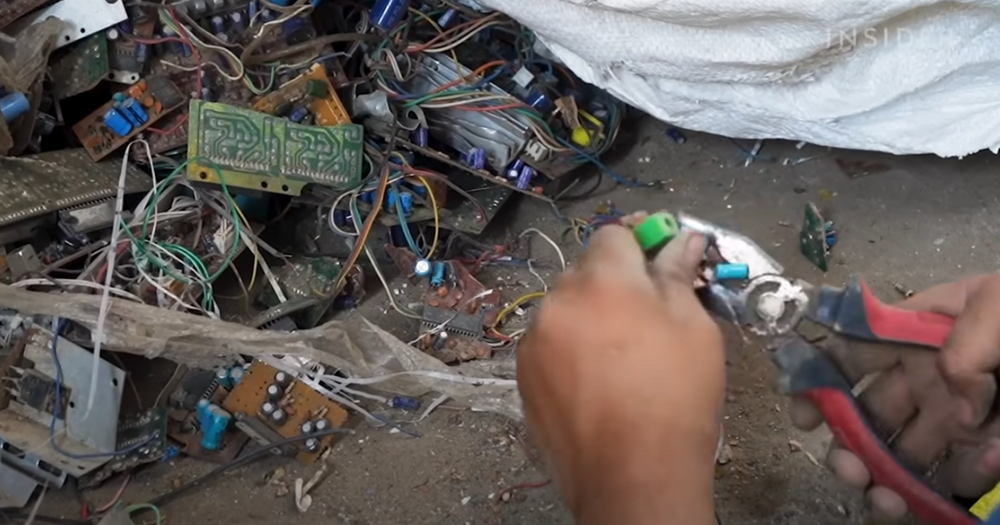
You need to know what to get and extract.
Most of India's e-waste ends up in Seelampur district in northeast Delhi. Every day about 50,000 people dig through high-tech garbage here! Many of them are teenagers, and they are all looking for old cell phones, computers and video game controllers.
Because teenagers went to school (unlike many of their parents), they have a better understanding of circuit boards and can differentiate between useful ones and useless ones. 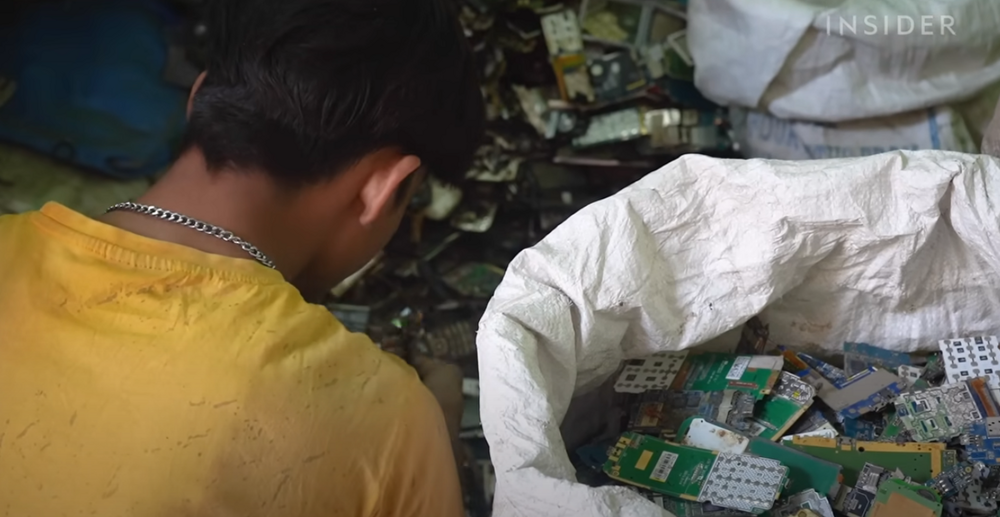
This is the wealth the boy gained in a day of work
However, this is still a big garbage heap, from which teenagers have wounds and abscesses on their hands, because almost all of them work without gloves.
This is an interesting place - a social bottom for educated teenagers. Many of them have the opportunity to study, but find themselves in difficult life circumstances - someone’s father can no longer work and feed his family. Some parents have given birth to children and can no longer cope with the financial burden. 
In India, work is allowed from the age of 14, at which time many children from poor families drop out of school
The result is the same: teenagers spend days rummaging through heaps of garbage (the luckier ones come for half a day after school) to take advantage of the knowledge they have acquired and dig up newer garbage.
How much can you earn from this?
You can collect up to 5 kilograms of valuable mixed scrap per day. It is taken out of boards of old mobile phones, chips, old motherboards from computers. 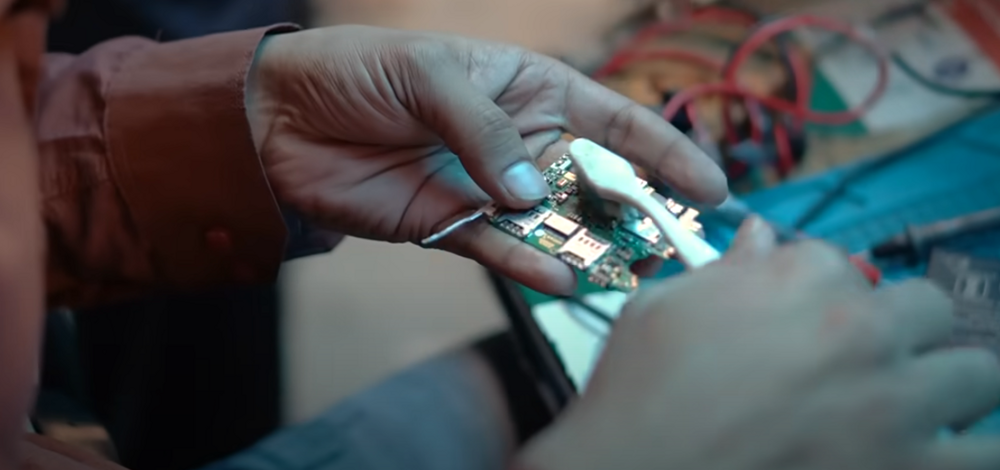
Sanding the board with a toothbrush
For 5 kilograms you can get 6 dollars from an intermediary in a small market. For a teenager, this is a good job, although difficult.
To extract more useful metals from the boards, they are treated with acid. Where is it then dumped? That's right, to the Ganges! Right in its tributary is the Yamuna, one of the most dangerous and dirty. I wrote about huge clouds of foam on the Yamuna, in which Hindus drowned quite recently, but this did not stop them from bathing and rituals. 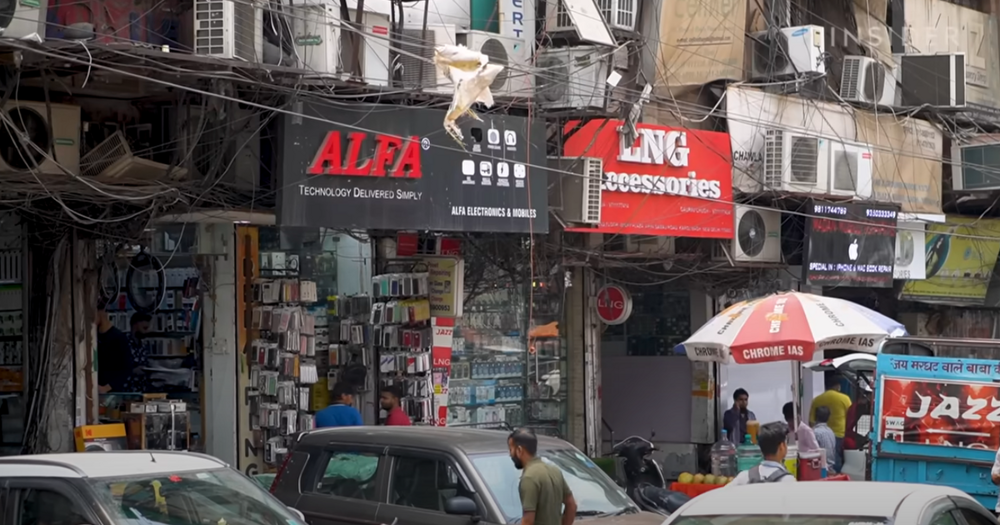
Aftermarket store covered in wires and old air conditioners
How many chips are there in grams?
Next to the landfill there is the Ghaffar market, which is famous for cheap electronics. For example, private repairmen from other towns come here to buy parts for repairing cell phones.
And many e-waste devices are refurbished and re-sold here. Recycled trash market! 
That's who has spare parts for any iPhone!
And all because building a plant for recycling electronic waste is too expensive and requires a lot of labor. Simply, it’s not profitable, there is such an enterprise in the USA, but it’s subsidized by Siemens, so we can’t talk about profit.
That’s why most companies and countries prefer to simply throw away old parts and boards. According to the rules, only 17% of all electronics discarded in the world are recycled. The rest goes to landfills like these in developing countries, often illegal. 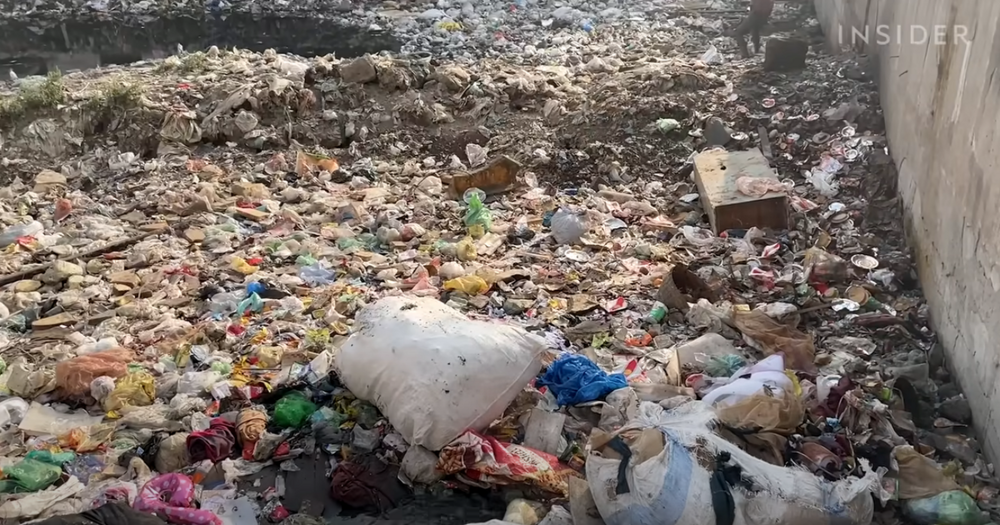
The landfill is only called electronic, but looks like a typical landfill
By 2030, the amount of electronics produced and the amount of waste generated is expected to increase by 40%.
An interesting place where the poorest existence and high technology collide, the fruits of the highly developed civilization that we have achieved.






























